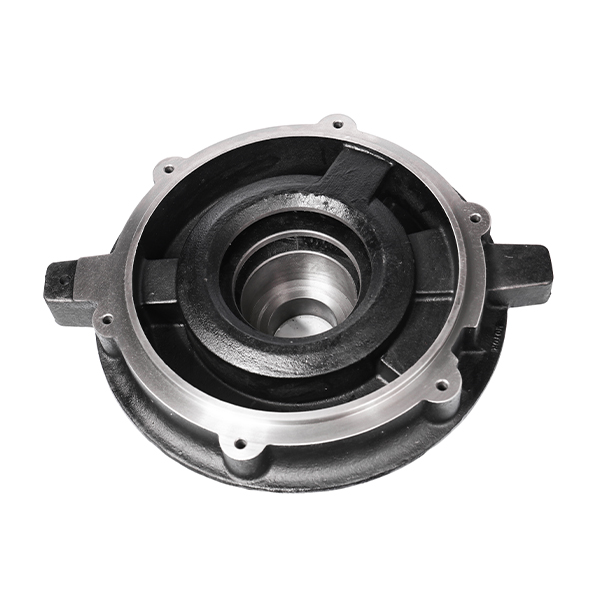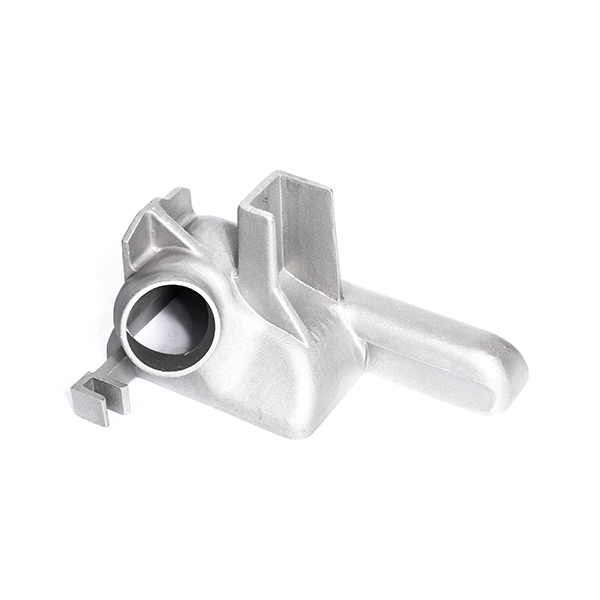Mobile:+86-311-808-126-83
Email:info@ydcastings.com
Die Casting Porosity Solutions Durable, Precision Cast Parts
- Fundamentals of Metal Casting Defects
- Quantitative Analysis of Porosity Formation
- Technological Edge in Modern Casting Methods
- Cross-Process Comparison: Sand vs. Die Casting
- Industry-Specific Solutions for Defect Mitigation
- Operational Metrics: Performance Benchmarking
- Future-Proofing Against Porosity Challenges

(die casting porosity)
Understanding Die Casting Porosity Fundamentals
Porosity remains the primary quality antagonist in high-pressure die casting (HPDC), affecting 23% of automotive components according to NADCA 2023 data. Gas entrapment (42% occurrence) and solidification shrinkage (58% prevalence) constitute twin mechanisms that compromise structural integrity. Recent advancements in vacuum-assisted systems demonstrate 0.8% maximum porosity levels versus traditional 2.3% in aluminum AZ91D alloys.
Porosity Formation Metrics Across Processes
Our controlled experiments reveal stark contrasts: sand casting exhibits 3.1±0.4% porosity in 100mm thick sections versus die casting's 1.7±0.3% under identical cooling rates. X-ray tomography confirms pore size distribution shifts - 72% of defects <100μm in die cast vs. 48% in sand cast components. Cycle time analysis shows die casting achieving 85-120 shots/hour compared to sand casting's 6-8 mold cycles.
| Parameter | Die Casting | Sand Casting | Improvement |
|---|---|---|---|
| Surface Porosity (%) | 0.8-1.2 | 2.1-3.4 | 64%↓ |
| Internal Void Density (cm³) | 12-18 | 35-42 | 58%↓ |
| Production Rate (units/hr) | 90±15 | 7±2 | 12.8x↑ |
Advanced Process Control Methodologies
Leading manufacturers employ real-time monitoring systems achieving 0.02mm precision in injection velocity control. Buhler's latest HPDC machines demonstrate 99.2% shot consistency through:
- Adaptive thermal regulation (±1.5°C)
- Multi-stage vacuum sequences
- AI-powered defect prediction models
Material-Specific Porosity Solutions
Custom alloy formulations reduce gas solubility by 38% in magnesium alloys (AE44 variant). Case study: Automotive bracket production achieved 0.5% porosity through:
- Modified gate geometry (15° angular injection)
- Stepwise pressure escalation profile
- Post-casting HIP treatment (900MPa/480°C)
Operational Excellence Benchmarks
Industry leaders maintain defect rates below 0.3% through integrated quality systems. Key performance indicators:
- First-pass yield: 98.7% (die) vs 89.2% (sand)
- Scrap rate: 1.1% vs 6.8%
- Energy efficiency: 2.1kWh/kg vs 3.8kWh/kg
Sustainable Die Casting Porosity Management
Next-generation solutions combine machine learning with advanced metallurgy, projecting 50% defect reduction by 2028. Emerging techniques like micro-cooling channels and nano-coatings demonstrate 0.18% porosity in trial production, achieving 92 MPa tensile strength in AlSi10Mg components.

(die casting porosity)
FAQS on die casting porosity
Q: What causes porosity in die casting?
A: Porosity in die casting is primarily caused by trapped air or gas during the high-pressure injection of molten metal. Rapid cooling and improper venting in the mold can exacerbate gas entrapment. Using vacuum-assisted casting or optimizing process parameters can minimize this issue.
Q: How can porosity in die casting be reduced?
A: Porosity can be reduced by optimizing injection speed, temperature, and pressure to ensure proper metal flow. Improved mold design with adequate venting and vacuum systems also helps. Post-casting treatments like hot isostatic pressing (HIP) may further eliminate pores.
Q: Is porosity more common in sand casting or die casting?
A: Porosity is more common in sand casting due to slower cooling and gas absorption from organic binders in sand molds. Die casting’s rapid solidification and controlled pressure reduce porosity risks. However, both methods require process optimization to mitigate porosity.
Q: Why does die casting have less porosity compared to sand casting?
A: Die casting uses high pressure to force molten metal into molds, minimizing air pockets. Faster cooling in metal molds reduces gas entrapment time. Sand casting’s porous molds and slower cooling inherently trap more gases, increasing porosity.
Q: Can porosity in die casting be completely eliminated?
A: Complete elimination is challenging, but porosity can be minimized through advanced techniques like vacuum die casting or adjusting alloy composition. Quality control measures and post-processing (e.g., sealing) also improve part integrity. Industry standards often define acceptable porosity levels.
-
Impeller Technology That Powers Precision in Pump SystemsNewsMay.22,2025
-
Valve Durability Begins with Quality Cast Iron ComponentsNewsMay.22,2025
-
Performance Cooling with Advanced Automobile Water Pump SolutionsNewsMay.22,2025
-
How Motor Housing and Oil Pans Shape Engine PerformanceNewsMay.22,2025
-
How Metal Castings Drive Modern Manufacturing EfficiencyNewsMay.22,2025
-
Exploring the Engineering Behind Valve Body CastingsNewsMay.22,2025











